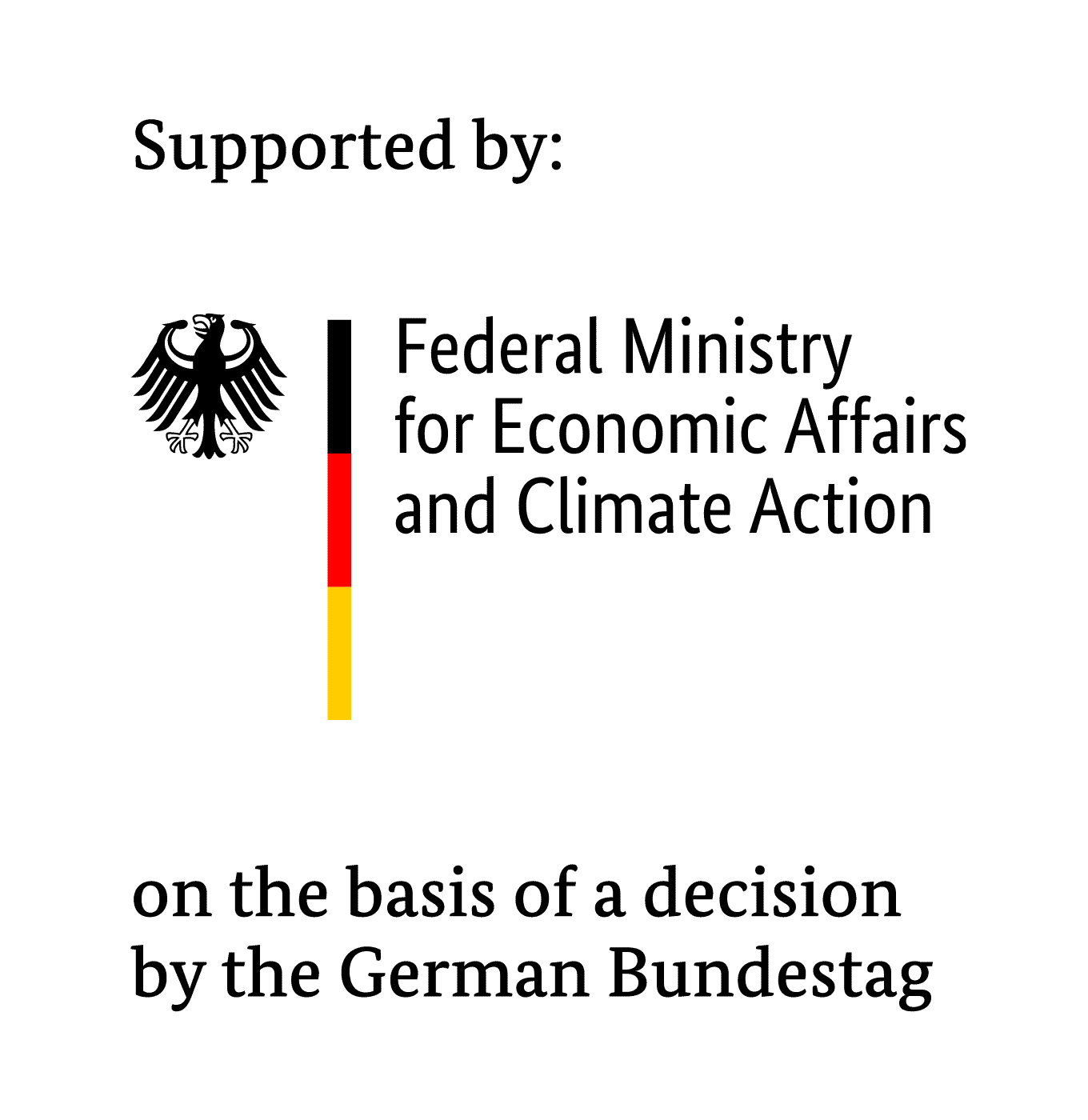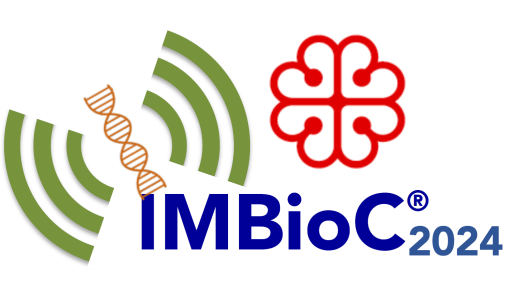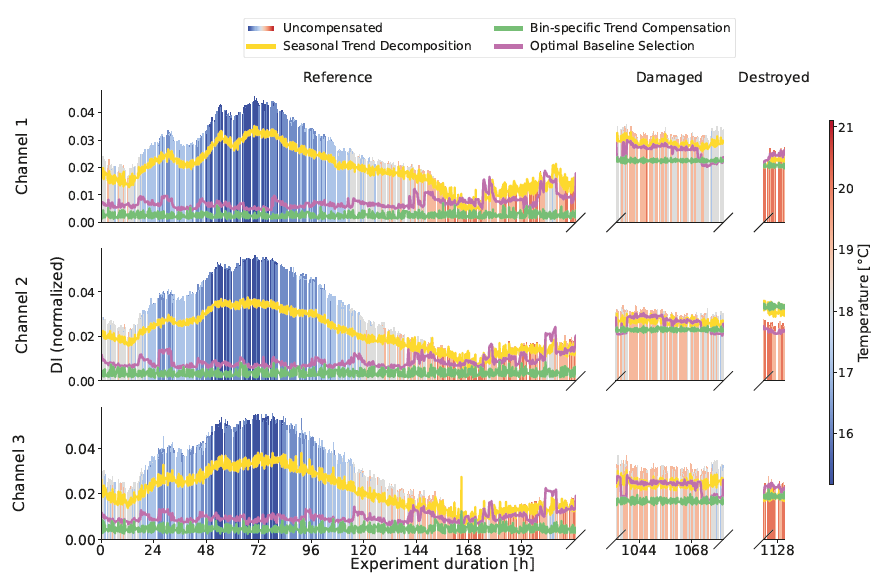A joint work with Mahindra Rautela and Prof. S. Gopalakrishnan (Department of Aerospace Engineering, Indian Institute of Science, Bangalore, India) was accepted for publication in the journal of Ultrasonics.
Abstract:
Structural Health Monitoring of composite structures is one of the signifi cant challenges faced by the aerospace industry. A combined two-level damage identi fication viz damage detection and localization is performed in this paper for a composite panel using ultrasonic guided waves. A novel physical knowledge-assisted machine learning technique is proposed in which domain knowledge and expert supervision is utilized to assist the learning process. Two supervised learning-based convolutional neural networks are trained for damage detection (binary classi fication) and localization (multi-class classifi cation) on an experimental benchmark dataset. The performance of the trained models is evaluated using loss curve, accuracy, confusion matrix, and receiver-operating characteristics curve. It is observed that incorporating physical knowledge helps networks perform better than a direct deep learning approach. In this work, a combined damage identification strategy is proposed for a real-time application. In this strategy, the damage detection model works in an outer-loop and predicts the state of the structure (undamaged or damaged), whereas an inner-loop predicts the location of the damage only if the outer-loop detects damage. It is seen that the proposed technique o ffers advantages in terms of accuracy (above 99% for both detection and localization), computational time (prediction time per signal in milliseconds), sensor optimization, in-situ monitoring, and robustness towards the noise.
More information:
Rautela, M.; Senthilnath, J.; Moll, J. & Gopalakrishnan, S., Combined two-level damage identication strategy using ultrasonic guided waves and physical knowledge assisted machine learning, Ultrasonics, 2021, https://doi.org/10.1016/j.ultras.2021.106451


